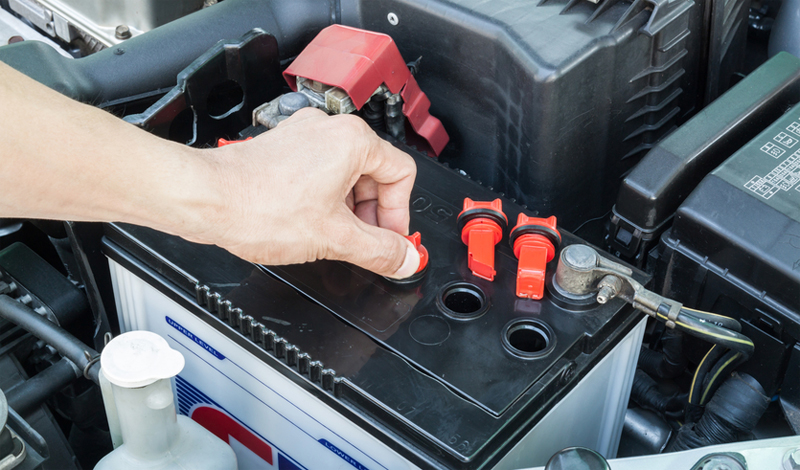
How to Fix Lead-Acid Batteries for Maximum Efficiency
Lead-acid batteries, the workhorses of many applications, require proper maintenance to ensure optimal performance and longevity. While these batteries are known for their robustness, they can suffer from various issues that degrade their efficiency. This article will guide you through essential techniques to revive and optimize your lead-acid batteries, maximizing their lifespan and reducing downtime.
Understanding Lead-Acid Battery Basics
Lead-acid batteries store energy through a chemical reaction involving lead plates immersed in an electrolyte solution. As the battery discharges, lead sulfate builds up on the plates, reducing their ability to conduct electricity. Recharging reverses this process, converting lead sulfate back into lead and lead oxide. However, repeated charging and discharging cycles can lead to sulfation, a condition where lead sulfate crystallizes, hindering the chemical reaction and reducing battery capacity.
Identifying Common Battery Problems
Before delving into solutions, recognizing common issues is crucial. Here are some telltale signs of a failing lead-acid battery:
- Reduced Starting Power: Your car struggles to crank, or the starter turns slowly.
- Dim Headlights: Headlights flicker or appear dimmer than usual.
- Battery Swelling: The battery case appears bloated or distended.
- Electrolyte Leakage: Liquid spills from the battery vent caps.
- Corrosion: White, powdery residue accumulates on the battery terminals.
Essential Maintenance for Lead-Acid Battery Optimization
Preventive maintenance plays a vital role in maximizing battery lifespan. Here are some crucial steps:
1. Keep Terminals Clean
Corrosion on battery terminals can impede current flow, reducing battery performance. Use a wire brush or a terminal cleaning tool to remove any corrosion. Apply a thin layer of petroleum jelly or terminal protector to prevent future corrosion.
2. Check Electrolyte Level
If your battery has removable vent caps, check the electrolyte level regularly. The level should be above the lead plates. If it's low, add distilled water only. Never add any other fluids.
3. Ensure Proper Charging
Use a battery charger designed for lead-acid batteries. Follow the manufacturer's instructions carefully regarding charging time and voltage. Overcharging can damage the battery, while undercharging can lead to sulfation.
4. Avoid Extreme Temperatures
Extreme heat or cold can significantly impact battery performance and lifespan. Protect your battery from direct sunlight and keep it in a cool, dry place.
Advanced Techniques for Rejuvenating Batteries
In cases of sulfation or reduced capacity, more advanced techniques can be employed:
1. Pulse Charging
Pulse charging involves delivering high-amplitude, short-duration pulses of current to the battery. These pulses help break down sulfate crystals, improving battery performance. Specialized pulse chargers are available for this purpose.
2. Desulfation
Desulfation is a process that uses specialized equipment to generate high-frequency alternating current (AC) signals. These signals break down sulfate crystals, effectively restoring battery capacity. This technique requires expertise and specialized equipment.
Conclusion
By implementing these tips and techniques, you can extend the life of your lead-acid batteries and ensure their optimal performance. Remember that regular maintenance, proper charging, and avoiding extreme temperatures are key to keeping your batteries healthy. If you encounter any issues, consult a qualified professional for assistance.
0 comments:
Post a Comment
Note: Only a member of this blog may post a comment.